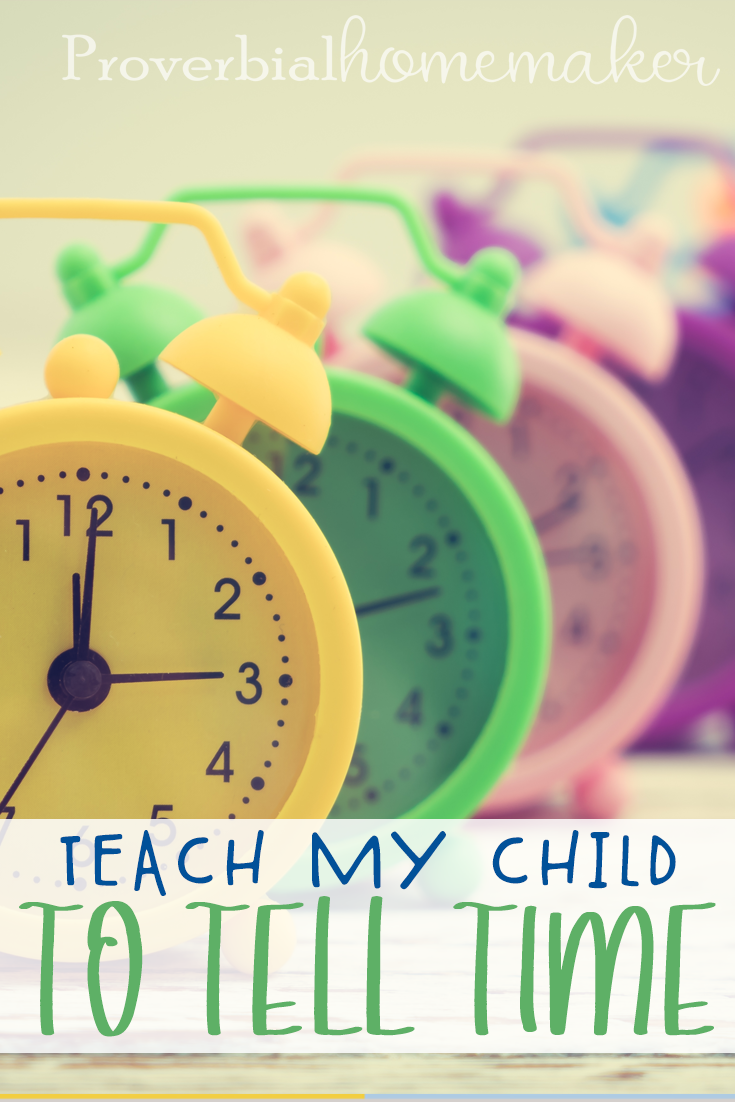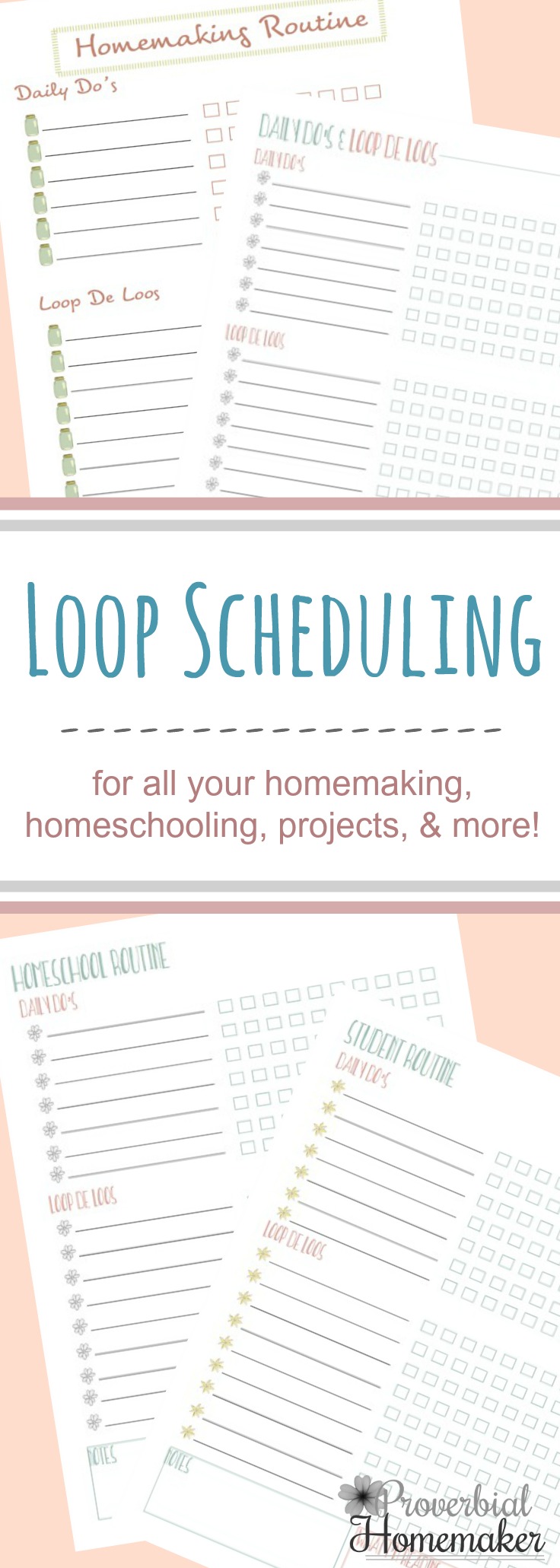Teaching kids to tell time can be a hard task, however we know that the concept of time is an important skill which children can start learning from a young age. A good understanding of being able to read the time on an analogue clock as well as a digital clock can be fun and easy with these hints and tips.
Disclosure: *This post may include affiliate links. As an affiliate, I earn from qualifying purchases. Read the disclosures and terms for more information.
Teaching Kids to Tell the Time
Concept of Time
A good way to start is to teach your child the general concept of time. Introduce them to morning, noon, and evening activities by associating an activity with each time of the day eg. “We have breakfast in the morning.” A visual daily schedule that shows things that are to be done at different times of the day can also help with explaining the times of various activities happening throughout the day.
Time Duration
After they have worked out the concept of time, start teaching them about the duration of time. A fun way to do this is to start by timing them doing their favourite tasks or playing games and showing them how long each activity or task takes them. Another idea is to bake with them and set the oven timer for when the goods will be baked.
Practice Counting to 60
In order to tell the time, kids need to be able to correctly count to 60 in the correct order. They can learn this by writing down the numbers 1 through 60 on a piece of paper while reciting the numbers. They could count to 60 while placing markers in a row on a table or by writing the numbers in a tray filled with sand. Another way is by singing songs, such as ’60 milk bottles sitting on a wall’.
Practice Counting by Fives
After they can confidently count from 1 through 60, the next step is to learn to count to sixty in fives. By understanding groups of five, it will make it so much easier for a child to learn to read the time on an analogue clock. They could practice this by writing the numbers down, singing songs or with this Hopping Numbers Printable Pack. Make sure to point out that to count by five, each number has to end in a 0 and then a 5 and so on.
Create A Clock
Create a paper clock together using a paper plate. Write the numbers 1 through 12 on brightly coloured dots and place them in the correct positions on the plate. Cut out hour (short) and minute (long) hands from a sheet of craft foam and connect them to the plate with a brad. You could also use the template in the printable pack you will find below.
Explain the Hour Hand
Explain the difference between the two hands to your child. You could write minute and hour on the correct hand if you think it will help your child. To teach them about hours, place the minute hand at 12 o’clock and then move the hour hand around the clock stopping at each hour and reciting the time to your child. You could use this alongside your daily schedule, for example, “It is 8 o’clock. We have breakfast at 8 o’clock.”
Explain the Minute Hand
First, your child needs to understand that each number is five minutes, so explain that the number 1 also means five minutes. Have them count by fives as they point to each number on the clock eg. point to 1 and say 5, point to 2 and say 10. As you do this, you could also write the multiples of five under each of the 12 numbers so that children can associate the minutes with the numbers on the face of the clock. Once they have the multiples of five down, it is time to work on the single minutes. You could add strikes or write the minutes in-between each of the numbers on the clock and as you move the minute hand around the face of the clock, recite the minutes.
After all this, remember that each child is different and they all learn differently. There are many books on the market that may teach with a different angle, that just happens to align with the way your child thinks. Though, after lots of practice, children will be excited and proud of themselves when they can finally tell the time!

Blog | Blog | Pinterest| Twitter | Instagram | Google +
SaveSave







 by Stephanie, The Multi Taskin' Mom
by Stephanie, The Multi Taskin' Mom
This Post Has One Comment
Loved your idea! Really a great way to teach kids.